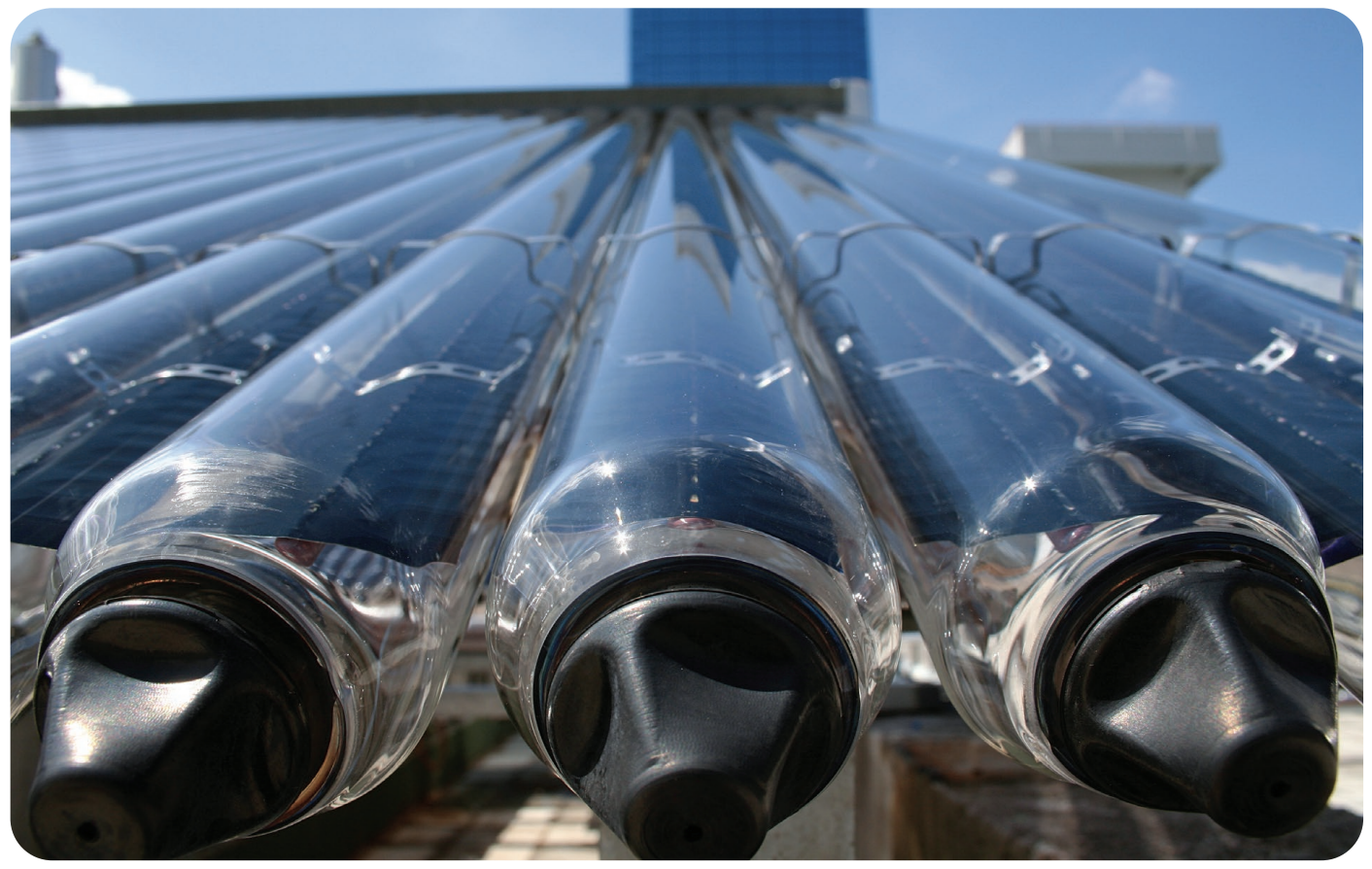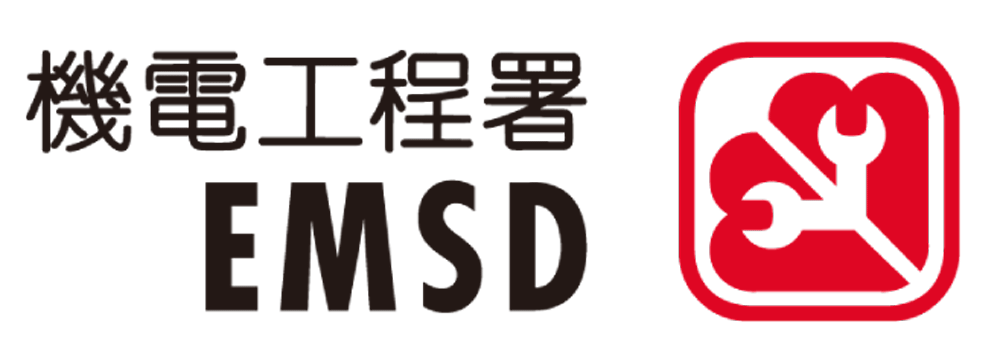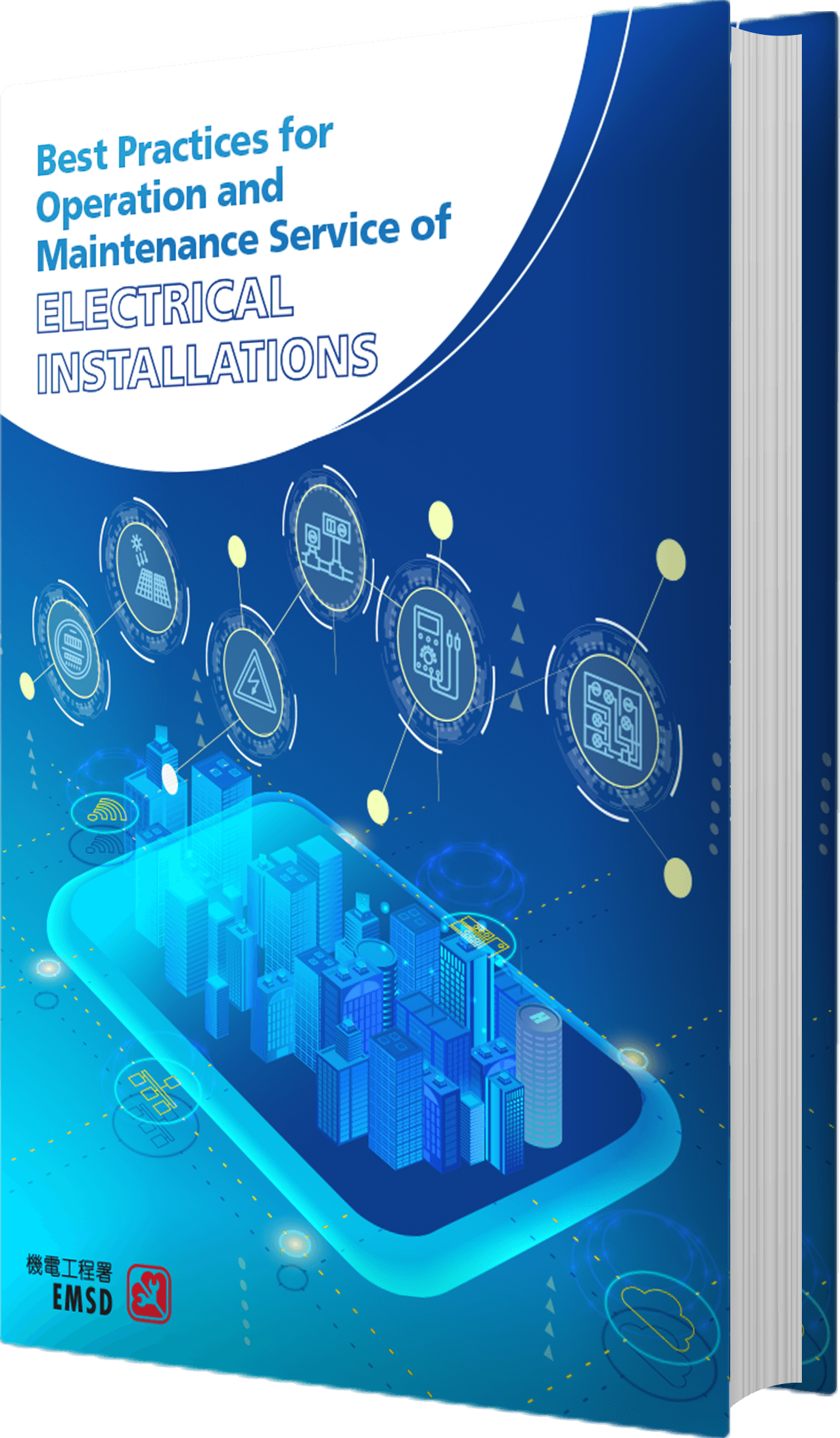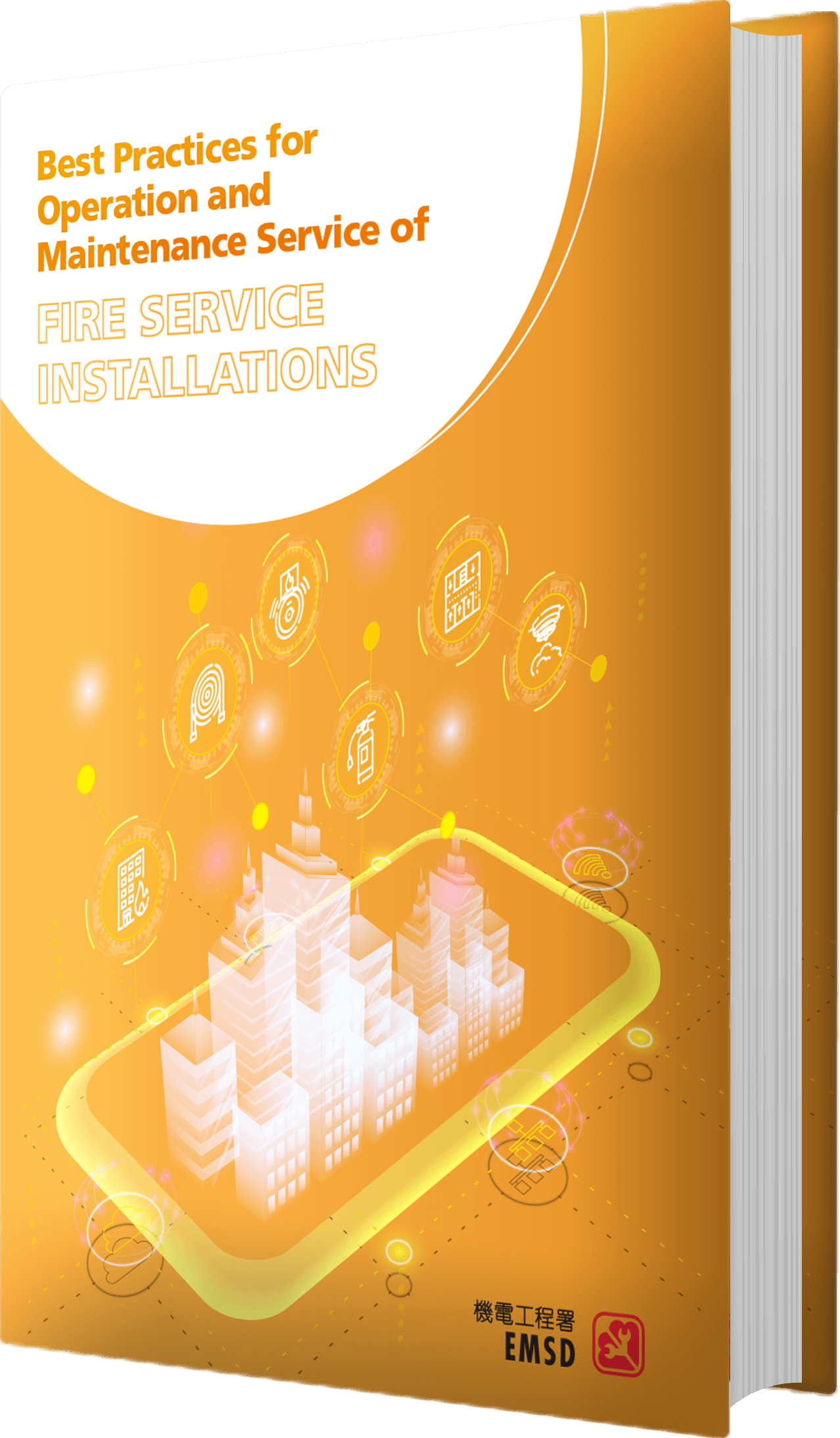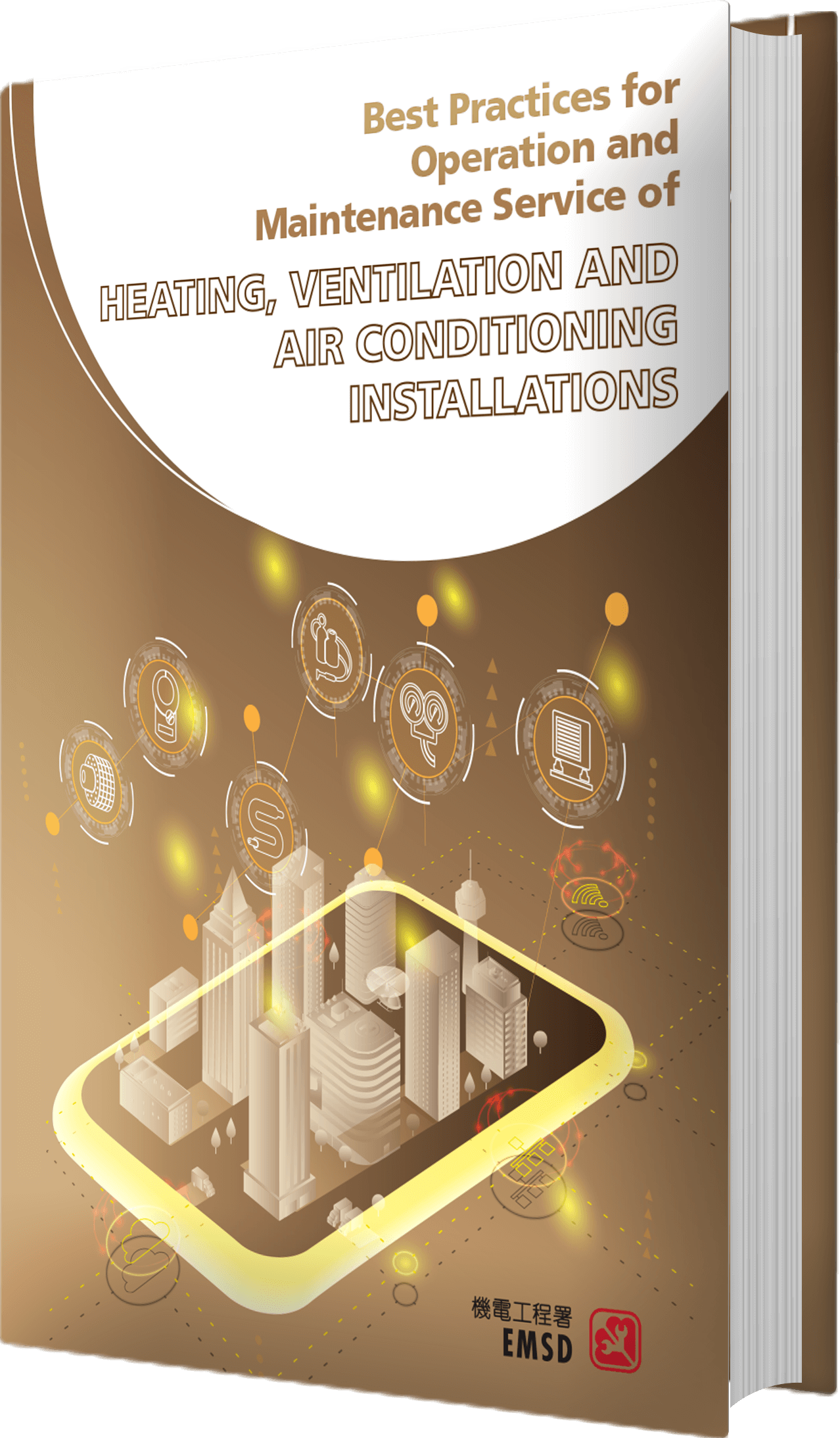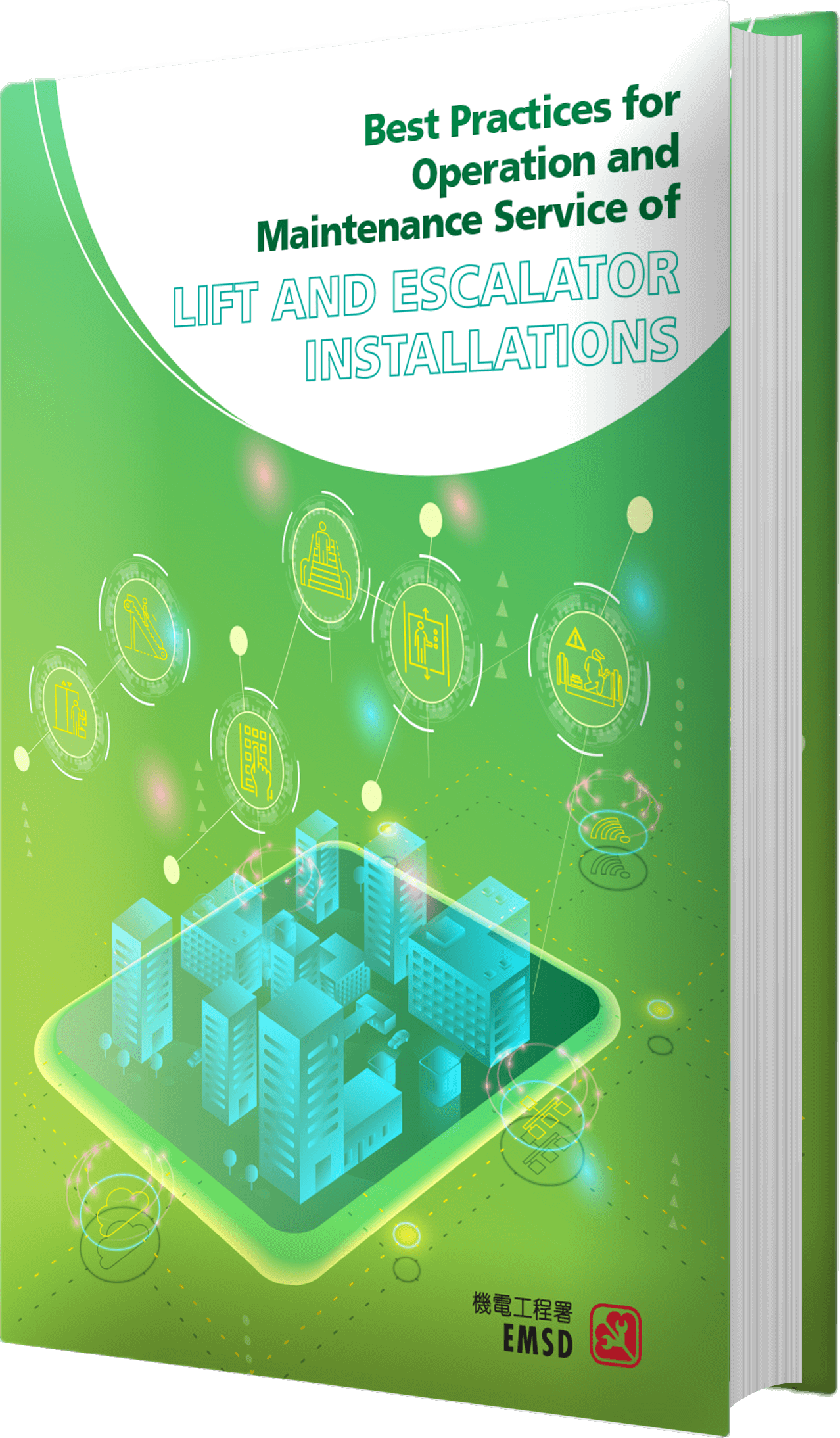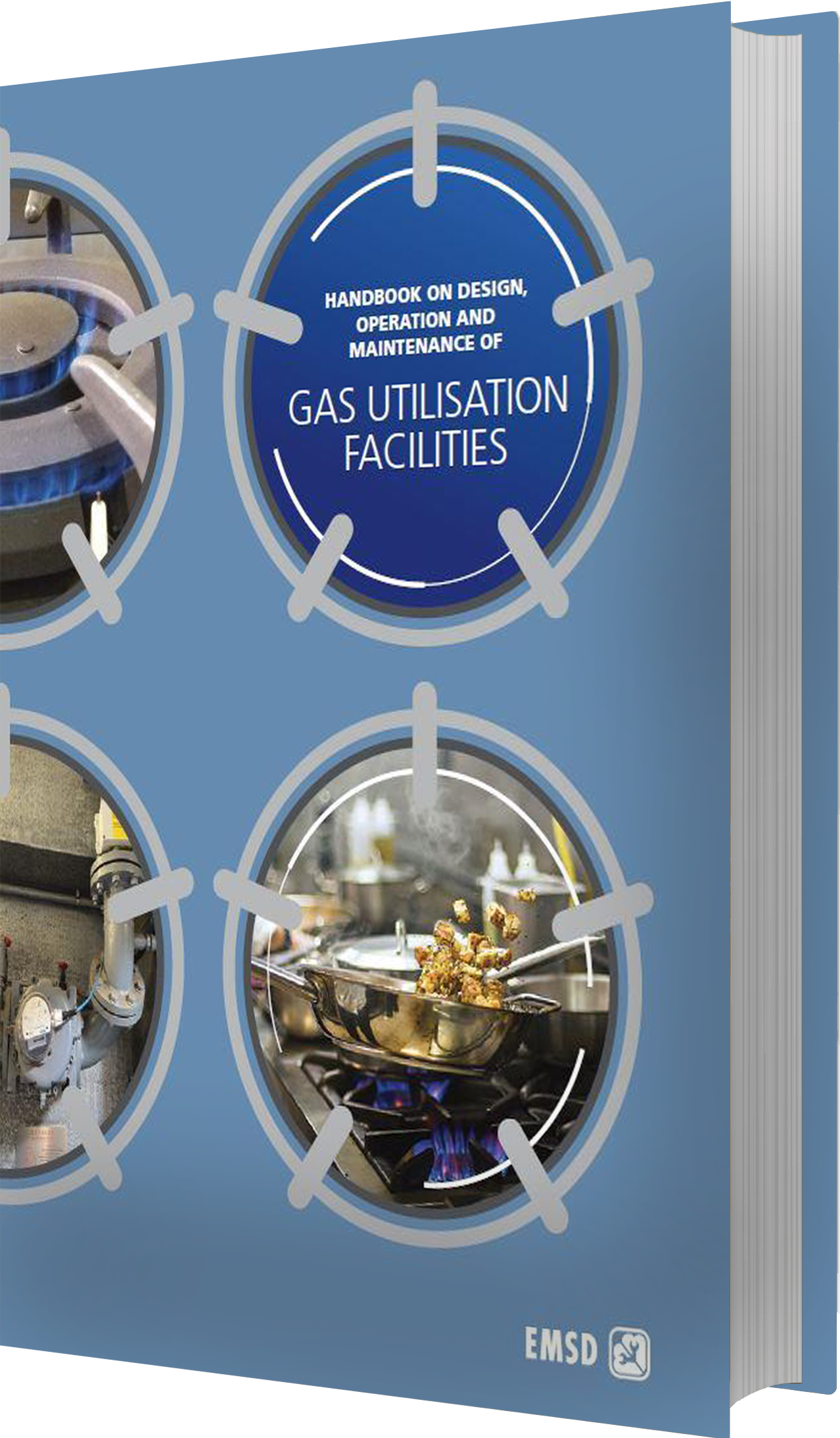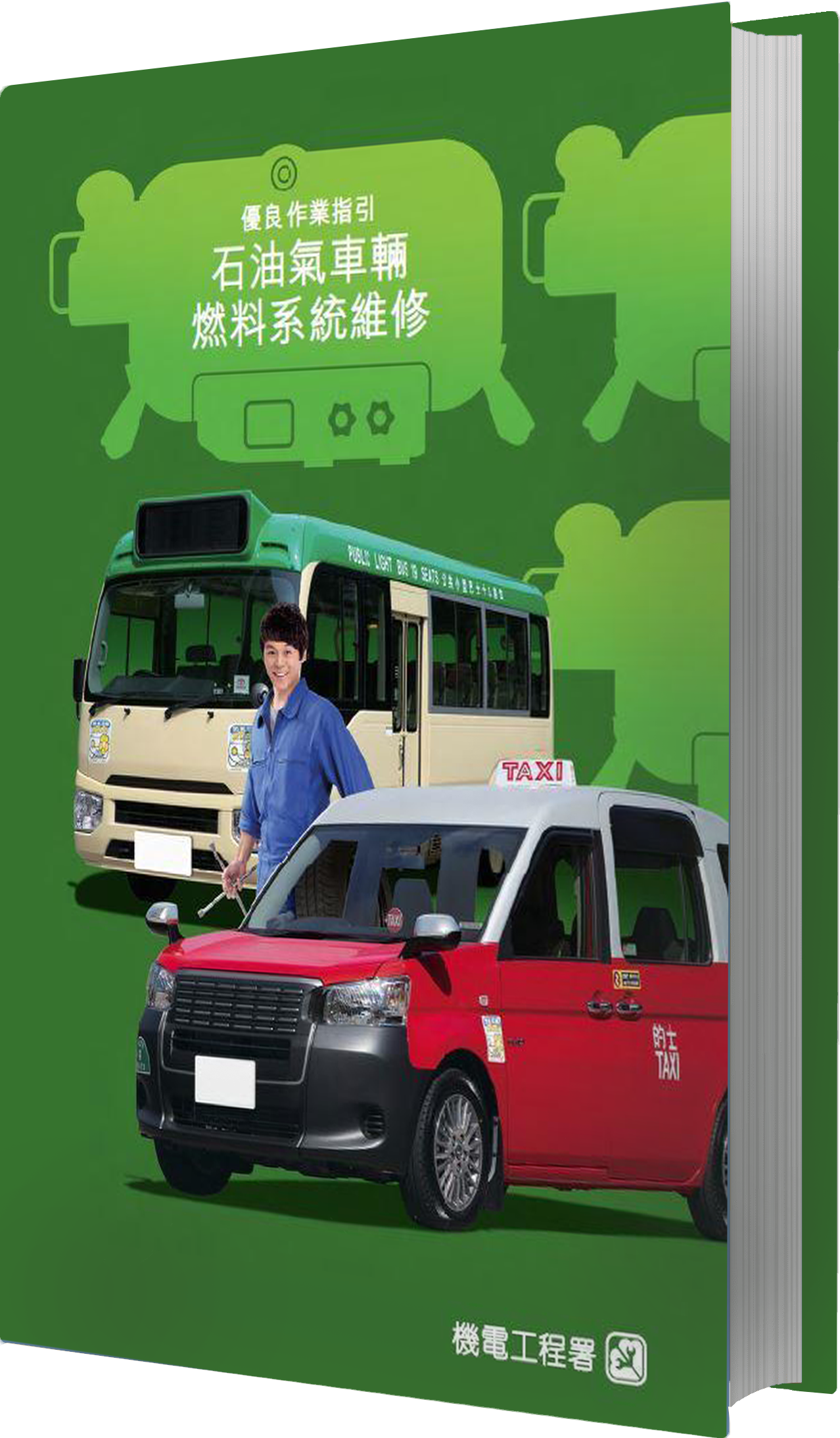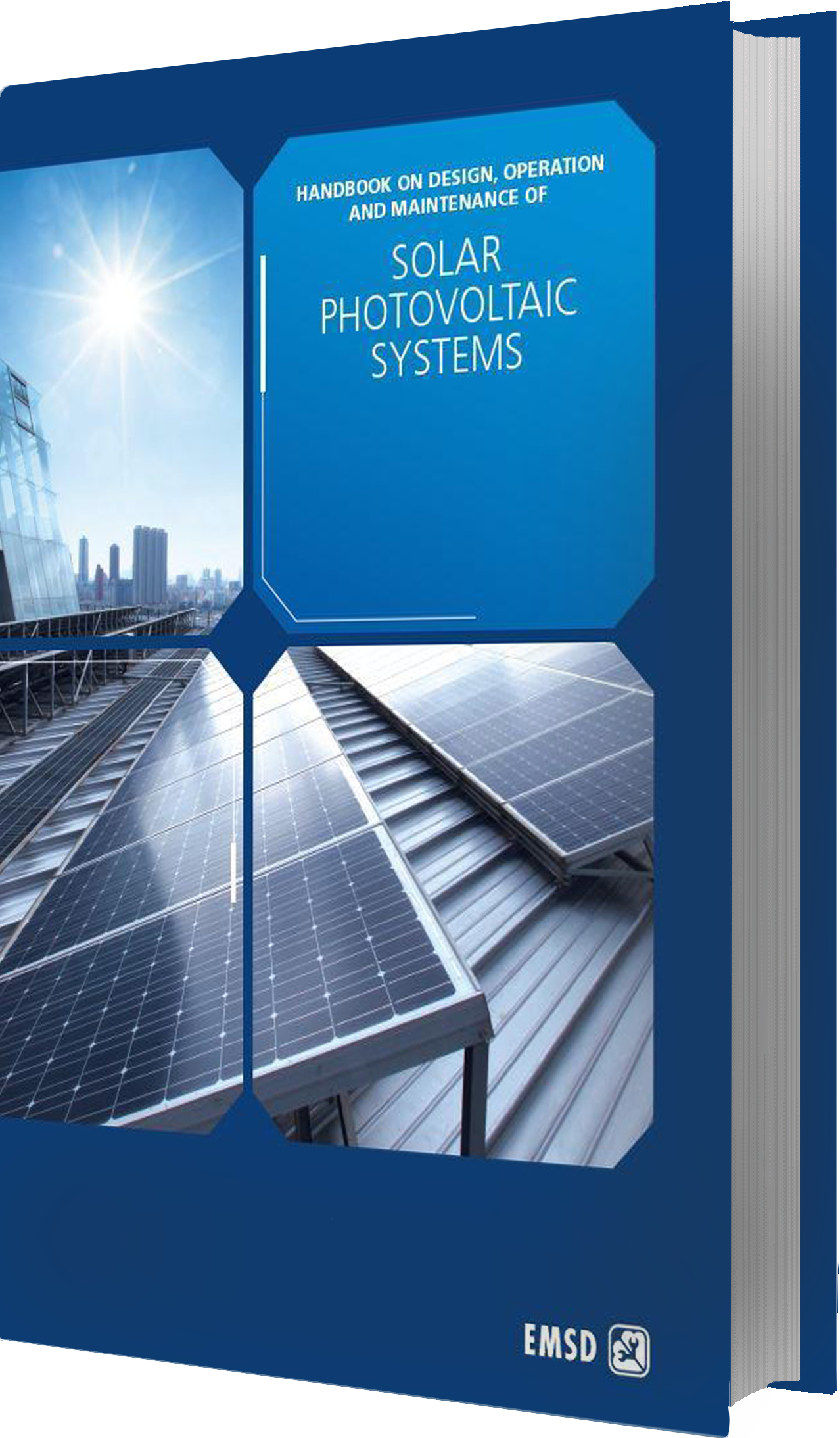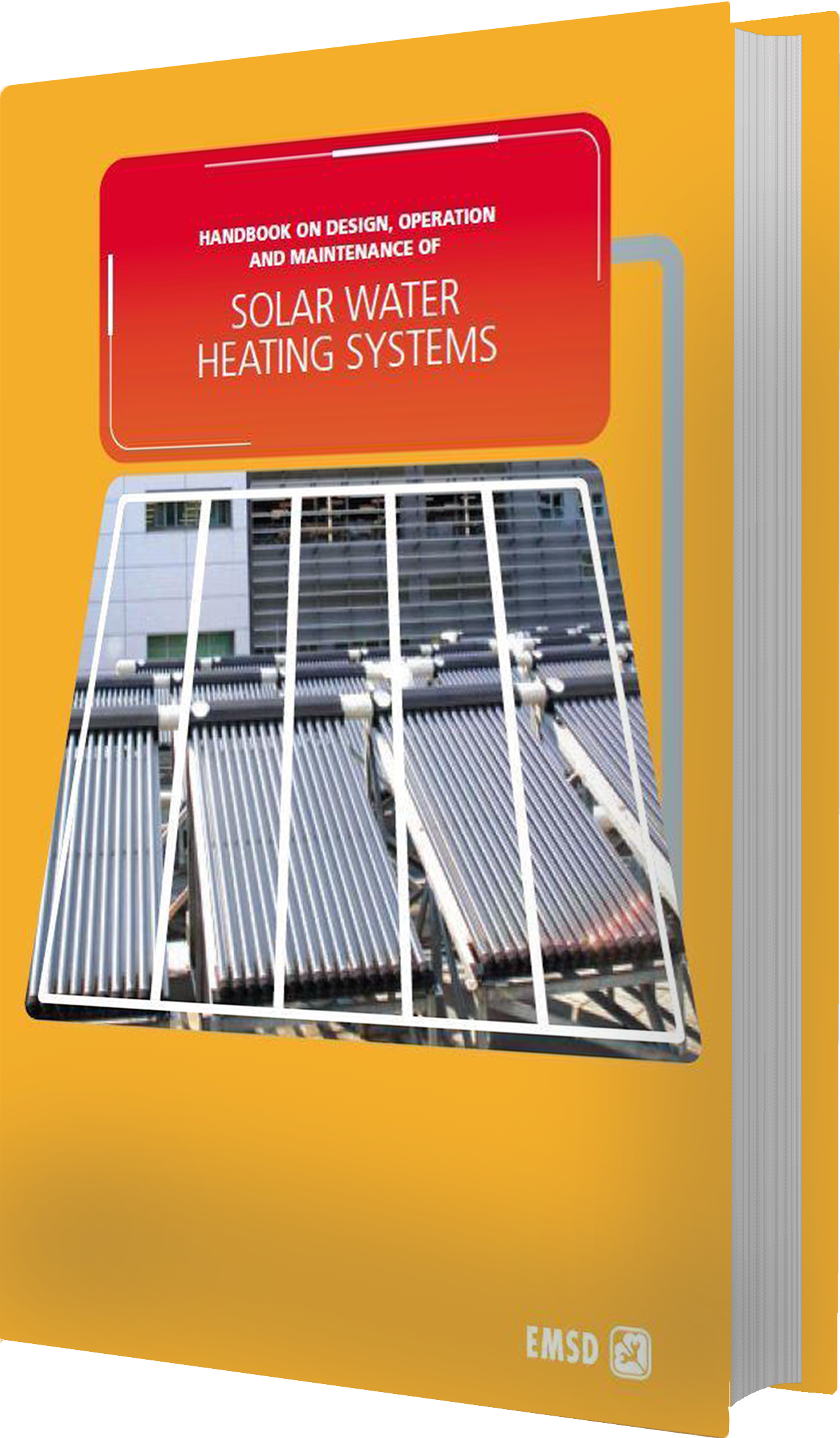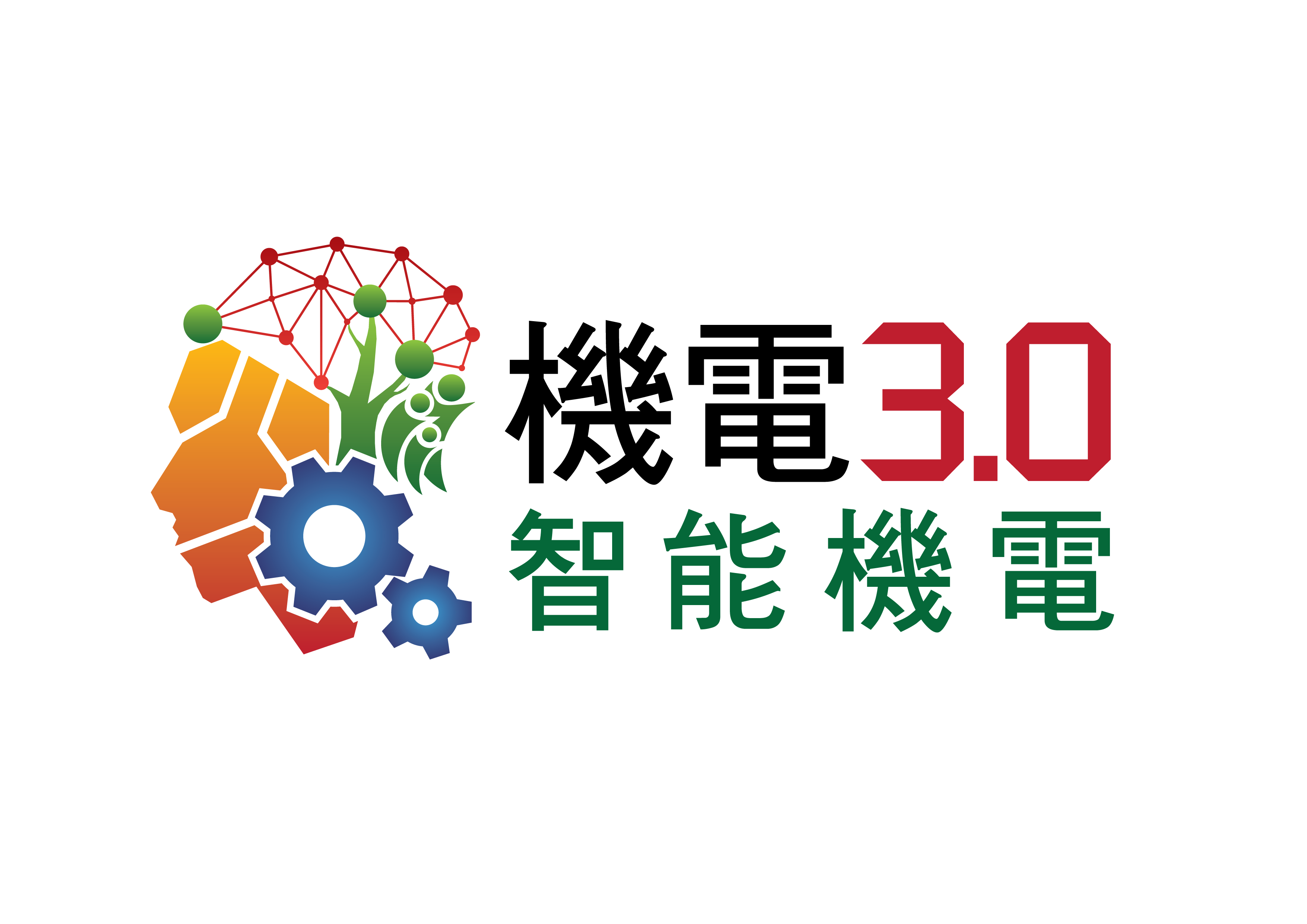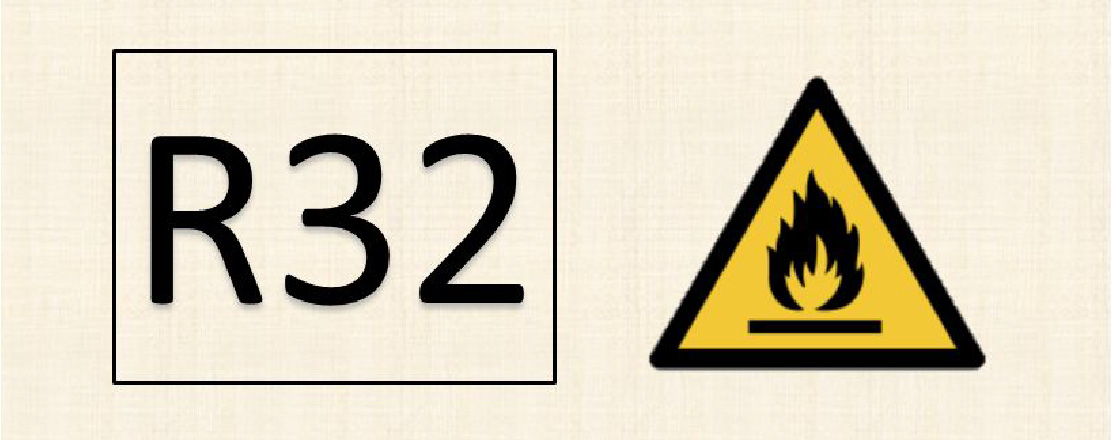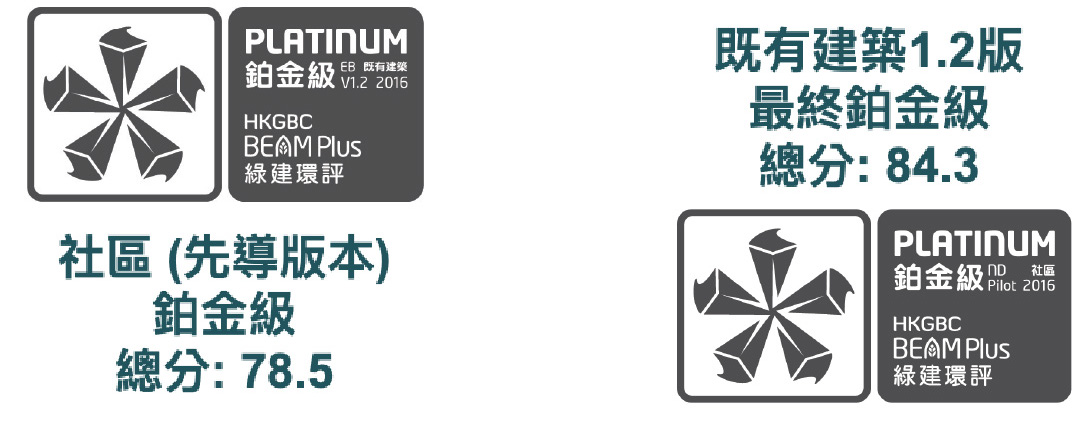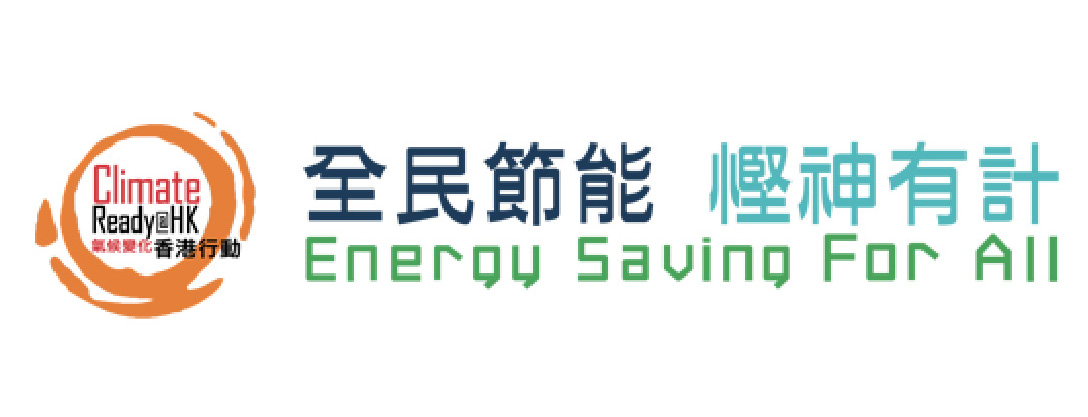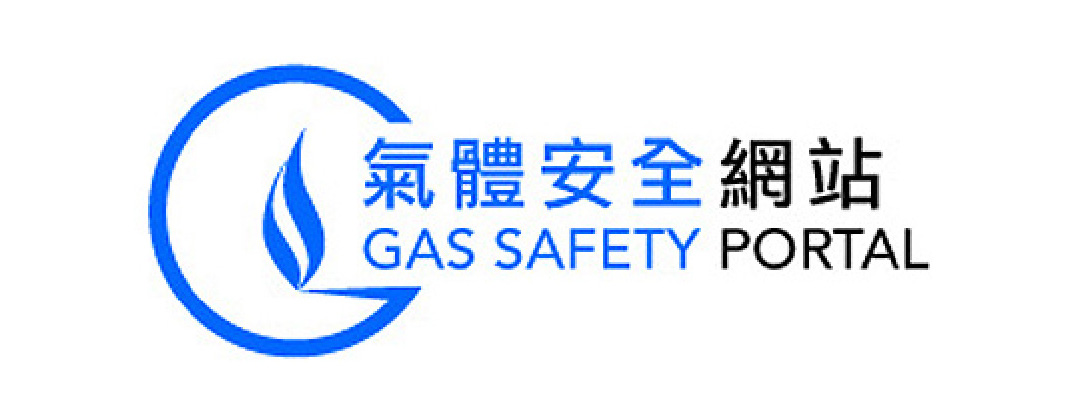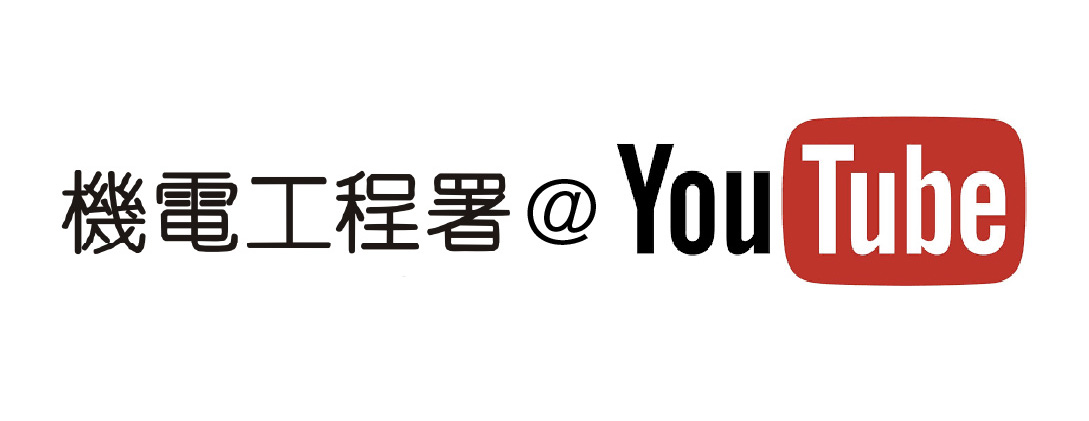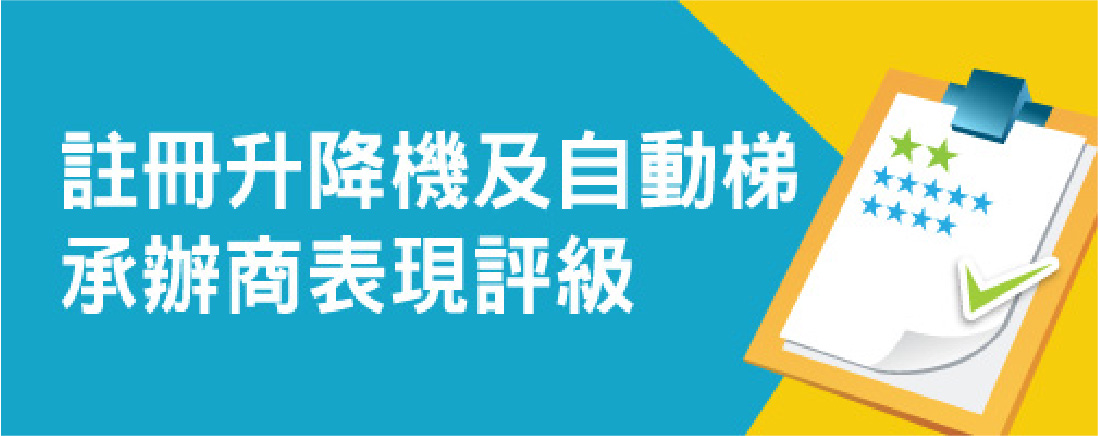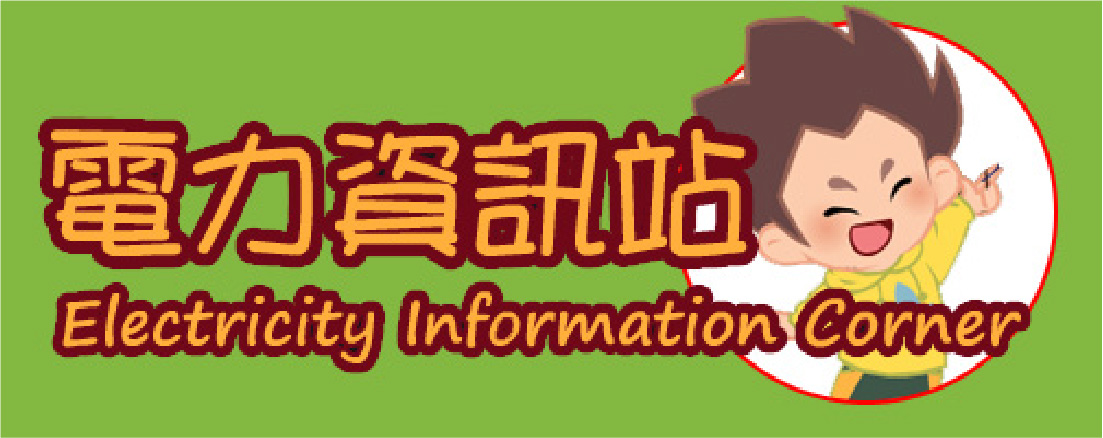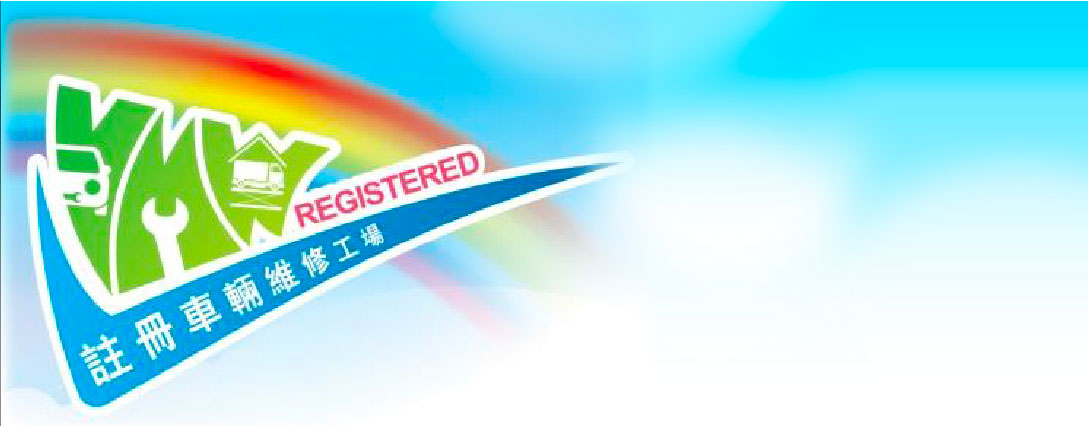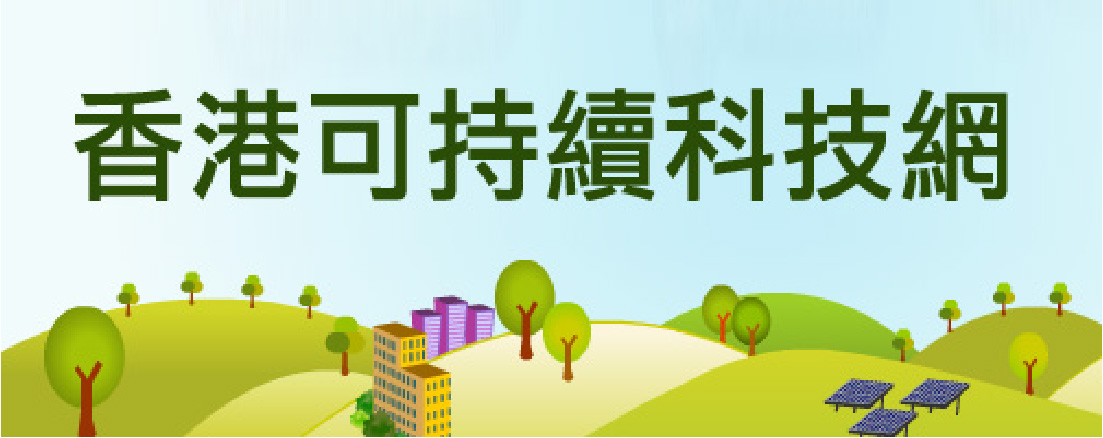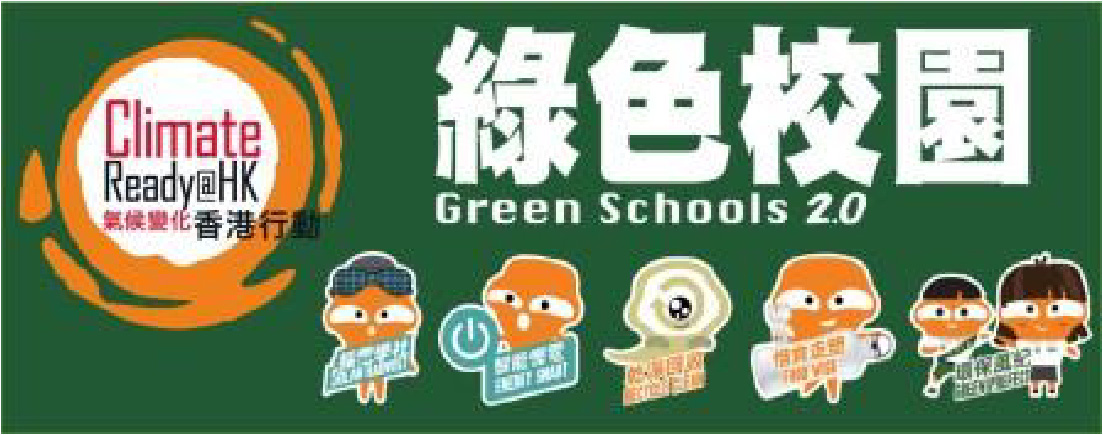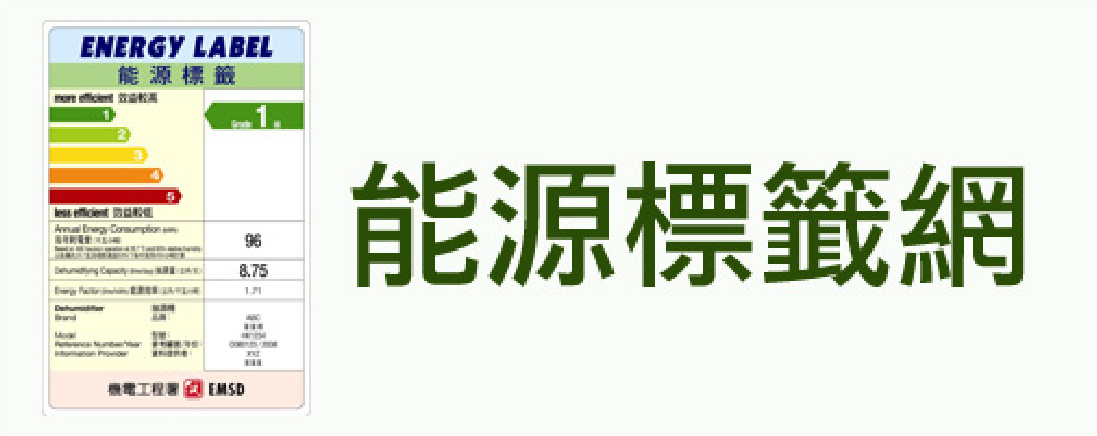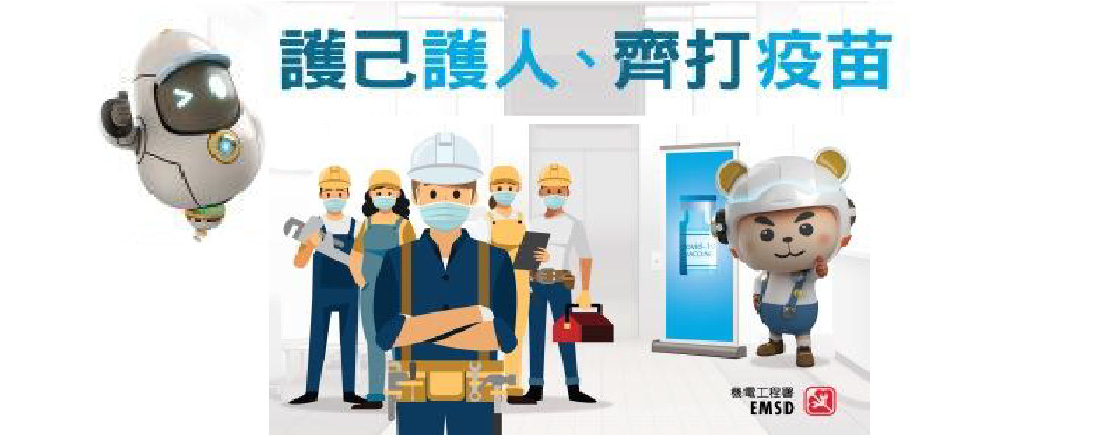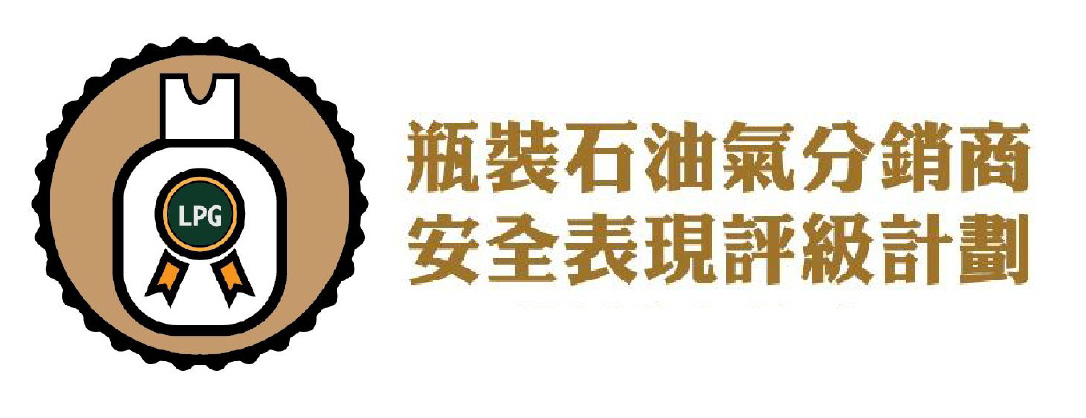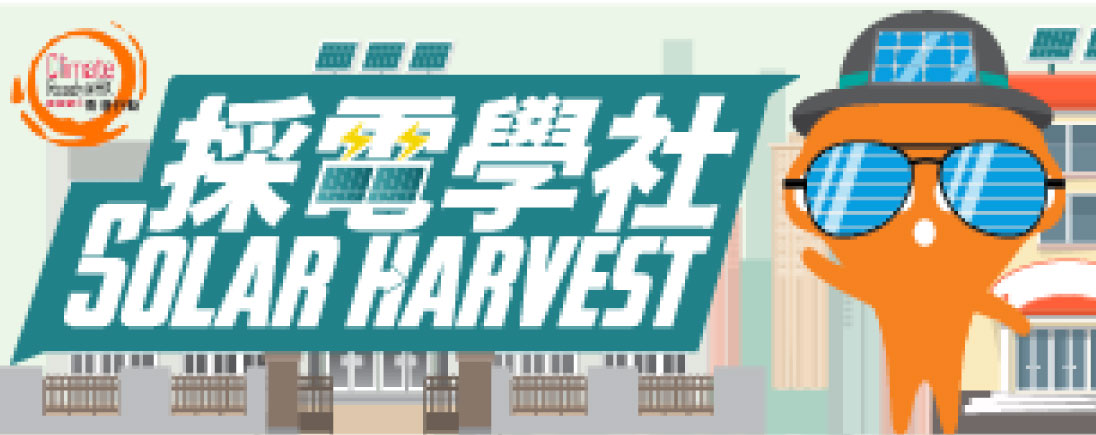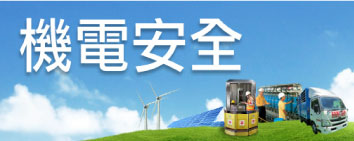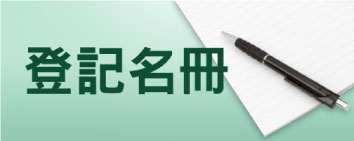1. Introduction
2. Design Considerations
3. Operation and Maintenance
4. Record/Documentation
5. Appendix A:Sample Checklist for Inspection and Testing of Solar Water Heating Systems
Design Considerations
2.1 General
(1)
Solar water heating systems can be classified into two main types: direct type (open-loop type) and indirect type (closed-loop type), depending on whether the water for consumption is heated up directly or indirectly via a heat exchanger.
(2)
Safety precautions required for installing, operating, and servicing a solar water heater is essentially the same as those for a conventional domestic water heater.
(3)
For installation and regulatory requirements on the installation of solar water heating systems, readers shall also refer to the “Guidance Notes for Household-scale Solar Water Heating Systems at Village Houses”.
(4)
The installation or modification of water supply system for solar water heating systems shall only be carried out by a licensed plumber (LP). The plumbing work of solar water heating systems must meet the requirements of the Water Supplies Department.

(5)
Sufficient maintenance access shall be provided for the circuit breaker panels, distribution boards and all electrical work on solar water heating systems shall only be carried out by an appropriate Registered Electrical Worker (REW) employed by a Register Electrical Contractor (REC), and comply with the Code of Practice for the Electricity (Wiring) Regulations (CoP).
(6)
The type of piping materials to be used in the water supply system should be specified and shall comply with the Waterworks Ordinance (Cap. 102) and the Waterworks Regulations (Cap. 102A)
(7)
The major components of a solar water heating system include solar collectors, heat transfer fluids, thermal storage tanks, circulation pumps, heat exchangers, expansion tanks, ancillary equipment and performance monitoring systems, etc.
2.2 Solar Collectors
(1)
Solar collectors are used to capture the solar thermal energy to heat up water, either directly or indirectly. Solar collectors can be classified into two major types: flat-plate collectors and evacuated-tube collectors. The selection of solar collector type for an application depends on the operating temperature range between the collector and the ambient temperature.
(2)
The capital cost of evacuated-tube collectors is relatively high when compared with that of flat plate collectors, but evacuated-tube collectors are more efficient, occupying less roof area and are capable of delivering water with higher temperature.

(3)
The life expectancy of solar collectors is about 20-25 years and some contractors will provide product warranty depending on procurement requirements. Before replacing a faulty solar collector, its warranty shall be checked.
2.3 Heat Transfer Fluid
(1)
The heat transfer of a solar heating system can be divided into two categories, direct type (open-loop type) and indirect type (closed-loop type). For the direct type, the water from the storage cylinder is heated through the solar collectors directly and circulated for consumption while heat transfer fluid is heated through the solar collectors and circulated to heat up the water by using a heat exchanger in the indirect type.
2.4 Thermal Storage Tanks
(1)
A solar water heating system generally requires a well-insulated thermal storage tank to hold the heated water. The thermal storage tank is often equipped with an auxiliary electric heater (or gas heater) to boost the temperature of the heated water when the thermal output of the solar collectors is not sufficient to meet the heating requirements.
2.5 Circulation Pumps for Heat Transfer Fluid
(1)
Circulation pumps are also commonly used in indirect type solar water heating systems to circulate heat transfer fluid between solar collectors and heat exchangers inside the thermal storage tank.
2.6 Heat Exchangers
(1)
A heat exchanger is provided for an indirect heating system to transfer the collected solar thermal energy from the heat transfer fluid to the water.

2.7 Expansion Tanks
(1)
To prevent the pressure from getting too high due to thermal expansion of the heat transfer fluid, an expansion tank is provided to allow the heated fluid to expand and thus ensure the system’s pressure limits are not exceeded.
2.8 Ancillary Equipment
(1)
Ancillary equipment includes controllers, safety devices like temperature/pressure (T/P) relief valves, pressure relief valves, and tempering (water mixing) valves. The controller monitors the collector and storage temperatures with temperature sensors, and operates a circulation pump at the appropriate temperature differential. A T/P relief valve releases water (through a discharge pipe to drain) if either the temperature or the pressure inside the storage tank gets too high. A tempering valve is used to control the temperature of the hot water being delivered to the user to prevent burns. The valve mixes the hot water with tap water to ensure that the water delivered to the user is kept below a safe temperature.
(2)
Pressure relief must be provided in all parts of the collector array that can be isolated by valves. The outlet of these relief valves should be piped to a container or drain, and not where people could be affected.
(3)
Water valves should be provided in the connection between a solar water heating system and the basic plumbing system to isolate the solar heating system under maintenance.
2.9 Application of Technology
2.9.1 General Practice
(1)
Temperature sensors, flow meters and pressure gauges should be installed for system operation. Additional instruments such as energy meters for monitoring the power consumption of circulation pumps shall be provided for maintaining system performance.
(2)
Thermometers should be located on the collector supply and return pipes so that the temperature difference in the pipes can be determined visually.
(3)
Flow meters should be located on the collector supply and return pipes for monitoring the water cycle and checking for low flow condition.
(4)
A pressure gauge should be inserted on the discharge side of the pump. The gauge can be used to monitor the pressure that the pump must work against and to indicate if the flow passages are blocked.
(5)
Energy meters on circulation pumps should be installed to monitor the power consumption for performance verification.
2.9.2 Best Practice
(1)
A solar water heating system should be provided with data logging system to record the temperature and energy performance of the system, the monthly mean in-plane solar irradiation, monthly mean solar energy absorbed by the system, and monthly electrical energy consumption of the circulation pump.
(2)
Interfacing devices should be provided for connection to the Building Management System (BMS) for:
a)
Central monitoring of the operating status, alarm, flow rate, temperature and energy level
b)
Controlling the operating set points of the system
